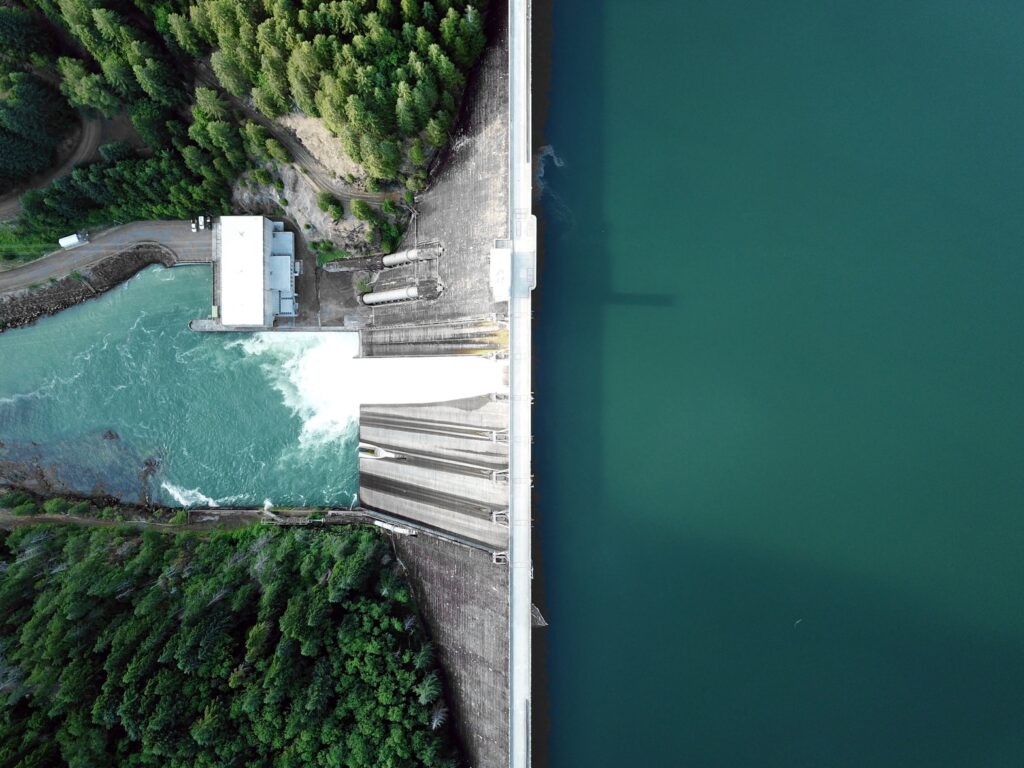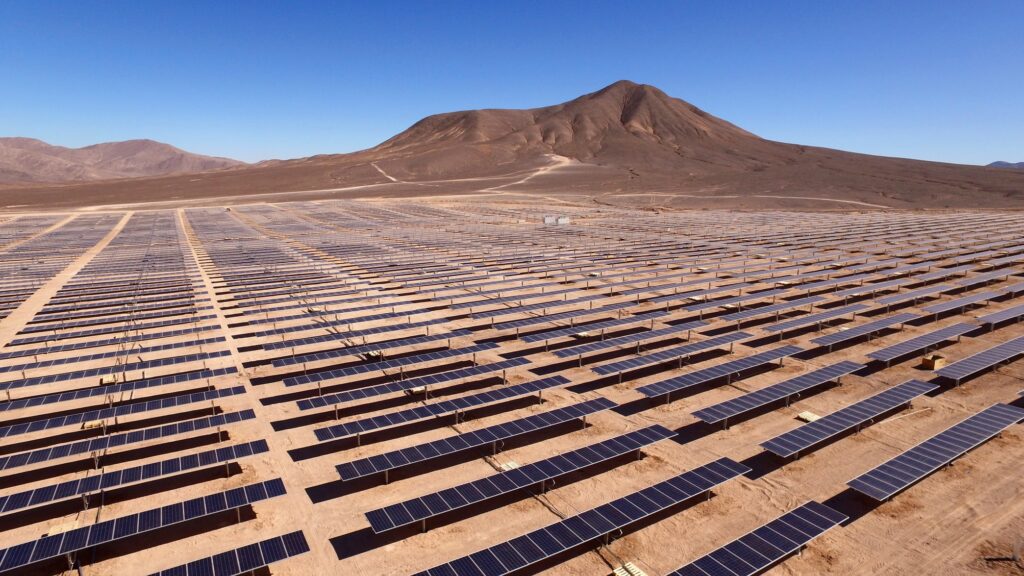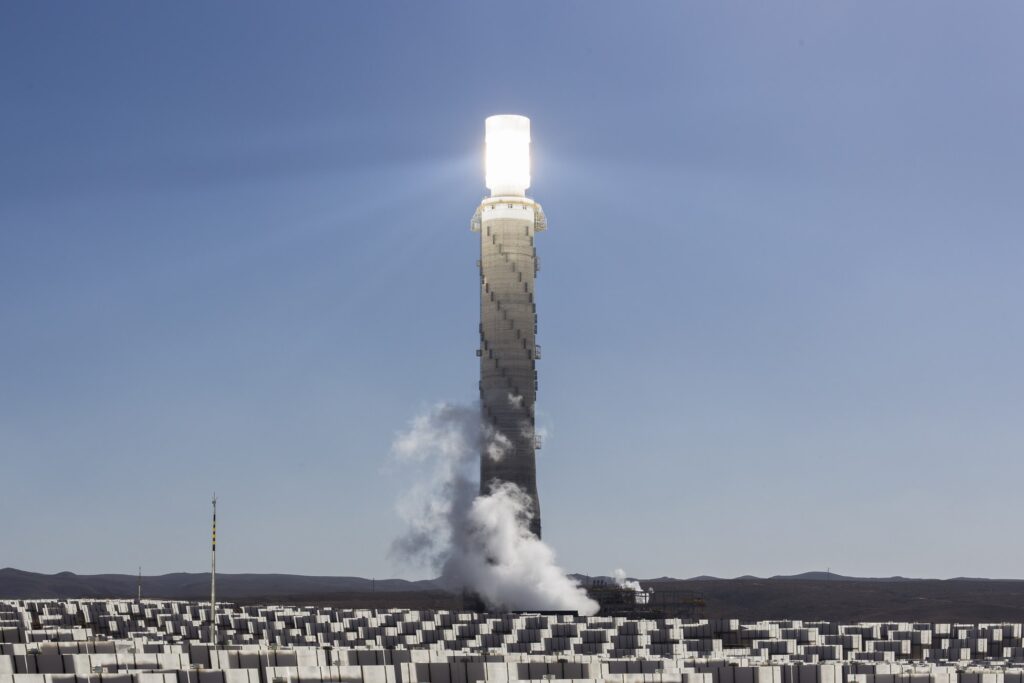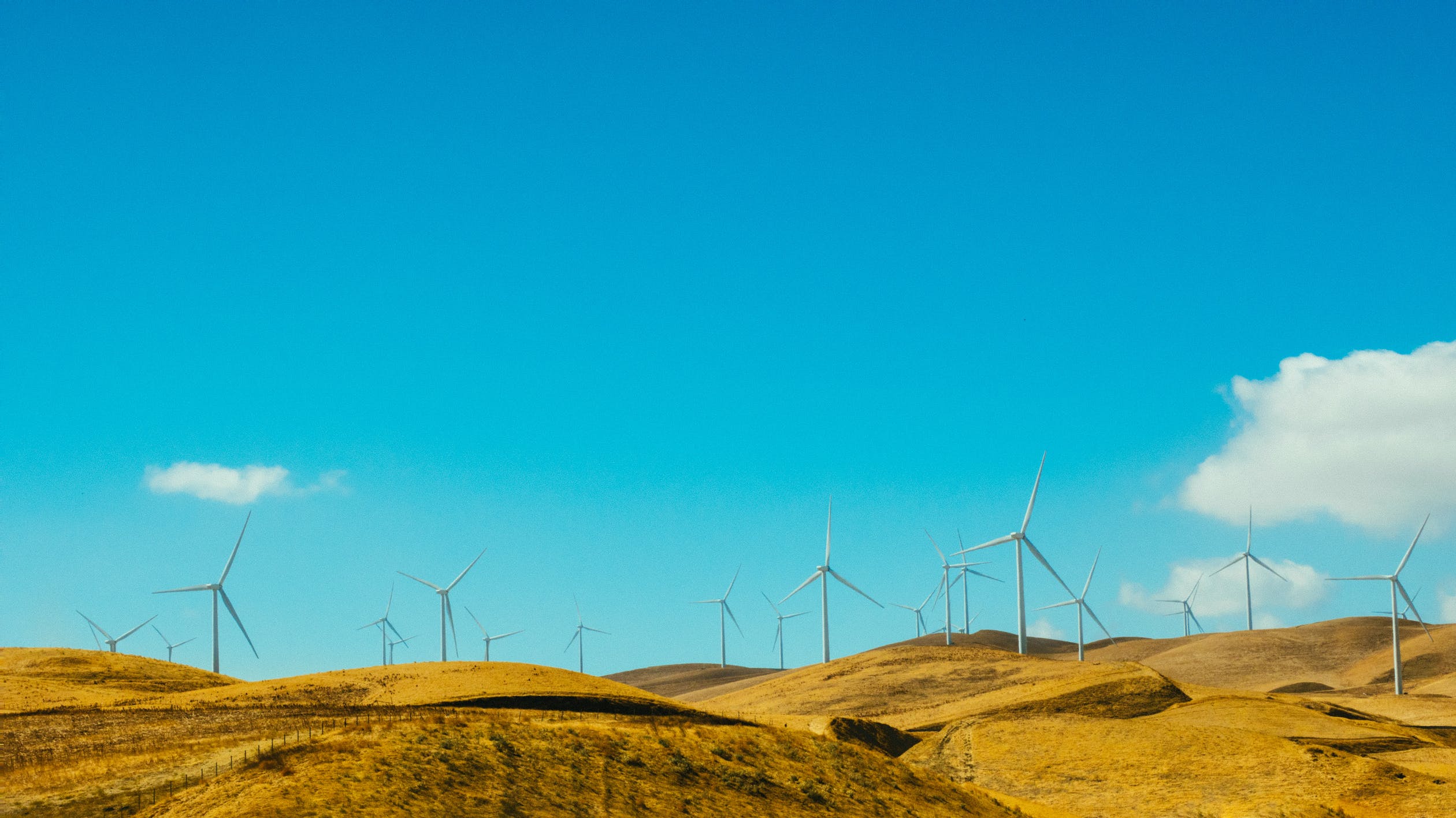The task we entrust to Renewable Energies is ambitious: to shape the future of mankind.
If we go back over the centuries, we can see how renewable sources have provided man with the first comforts. After the simple combustion, as early as 600 b.C. wind and water mills have made it possible to transform kinetic energy into mechanical energy to grind wheat or irrigate cultivated fields. Then, something went wrong. The excessive growth of industry and the increasing needs of a modern society have introduced the use of coal and oil.
At the beginning of the 20th century, geothermal and wind energy began to be used, but it’s only in the last twenty years of the 20th century that renewable sources have returned to arouse great interest.

Investments in Renewable Sources:
Over the past decade a series of drastic climate changes (and more) have alarmed populations and institutions. The most natural consequence has been the growth in the production and use of renewable energy throughout the world.
According to Eurostat statistics, we find that between 2004 and 2018 the amount of renewable energy has almost doubled. Besides, over the past decade (2010-2019) investments in sustainable energy sources, solar in first place, have exceeded 2,500 billion dollars globally.
Looking at Europe, we know that it aims to become the first zero-impact continent by 2050. USA and India are also aiming for that, though later in time. Globally, all states have specific development objectives proposed for the new decade. However, they require an increase in renewable energy twice that of the current one in order to be respected.
In short, the world must press on the accelerator. The increase of state incentives in “virtuous” countries such as Sweden has meant that the electricity consumed now comes mainly from hydroelectric or wind sources (66.2% to be precise).
But is this enough?

What are the options of Renewable Energy?
To date, the options being studied and developed in the field of Renewable are constantly evolving. From the well-known photovoltaic to the most recent kinetic energy, let’s see what options we can have for a zero-impact world:
- Solar: this technology consists in using the energy contained in sunlight to produce heat (solar thermal) or electricity (photovoltaic and concentrated solar energy).
- Wind: it consists in the use of the force of wind through technology based on wind energy converters, known as wind turbines.
- Hydropower: energy that uses the motion of waters (or water cycle) through a complex system of dams and transformers.
- Geothermal: it’s based on the use of energy (heat) coming from the depths of the Earth.
- Oceanic energy: among the most promising energies for the future, it uses the motion of waves, tides and ocean currents.
- Biomass energy: derived from the combustion of waste and biological waste from agricultural and forestry activities.
- Kinetic: form of energy originating from human motion. An increasing use of this renewable source is expected in gyms and shopping malls, where equipped floors will be fully activated thanks to the energy from people’s walking (we talked about it in the article on Eco Gym).

The world is racing to shape the future:
Albert Einstein said that “Everything is energy”, and today this quote is more relevant than ever.
The world is racing to develop circular and sustainable energy, also thanks to the Covid-19 pandemic. The epidemic has curbed consumption, hindered investments, slowed the economy. For all but renewable sources since, according to the new report from the International Energy Agency, renewable energy beats the Covid crisis with record growth. A record in 2020, with 200,000 megawatts of new plants, destined to continue in 2021.
Roberto Bocca, Head of Shaping the Future of Energy and Materials of the World Economic Forum, said:
“THE NEW EARTH 2.0 THAT WILL COME TO LIGHT AFTER COVID-19 WILL LIVE A “NEW NORMALITY”, BUT MANY SIGNIFICANT CHALLENGES STILL EXIST. THE MOST IMPORTANT IS THE IMPERATIVE TO WORK COLLECTIVELY FOR AN EFFECTIVE AND INCLUSIVE ENERGY TRANSITION”

The Renewable Energy challenge is delicate and complex. It requires the formal commitment of states and worldwide organizations, as well as massive economic investments.
Leaving fossil fuels behind is possible. The process also includes our personal effort. Electric mobility and the use of clean energy at home are two of the small and great things we can do.
Ormai lo sappiamo bene: senza sostenibilità non c’è futuro, sviluppiamo un futuro possibile. By By now we know it well: without sustainability there’s no future. Let’s shape a possible future.





